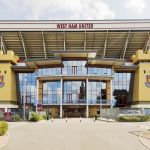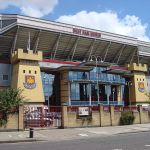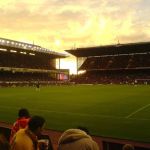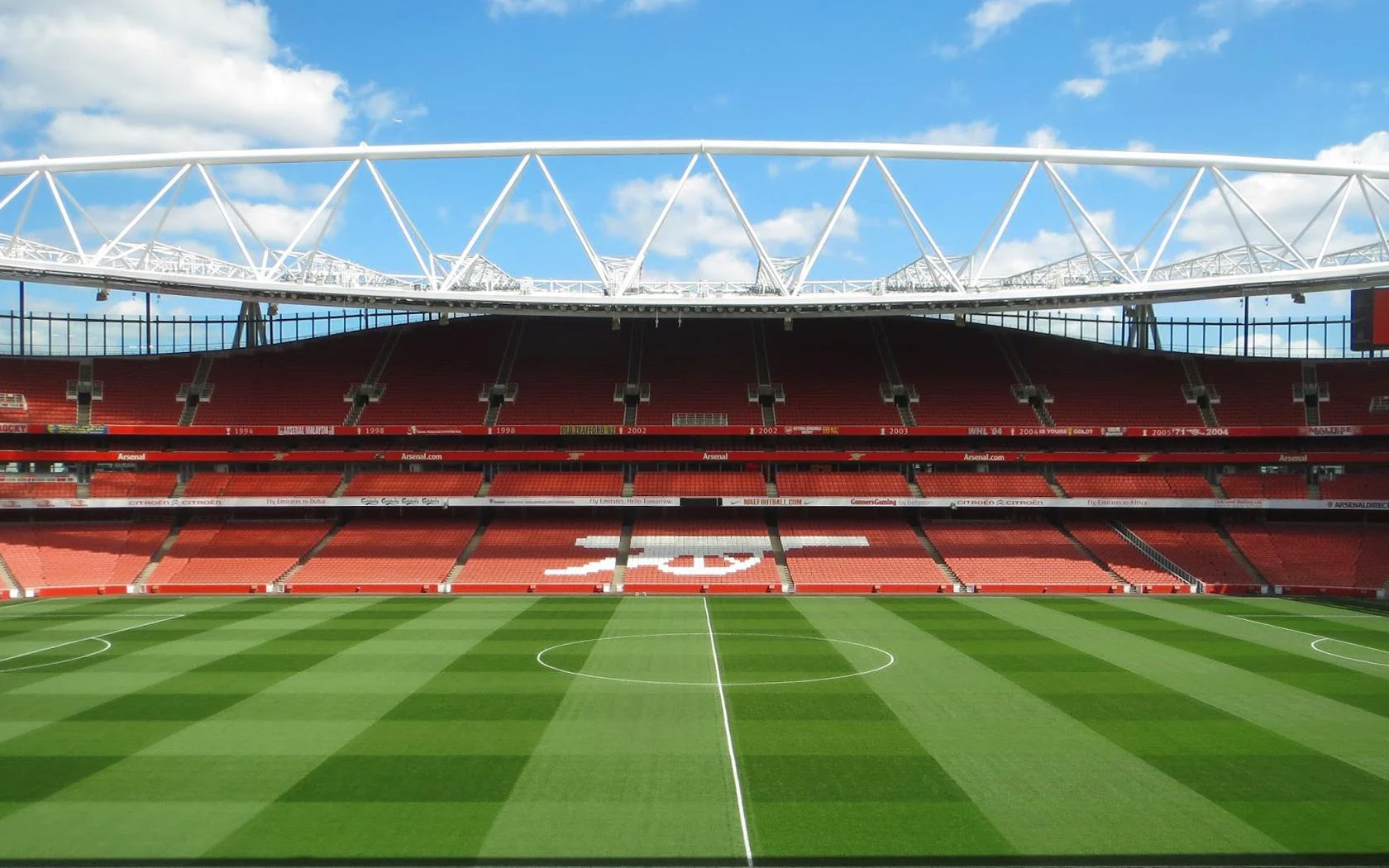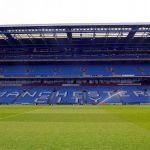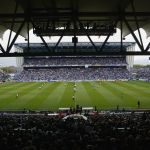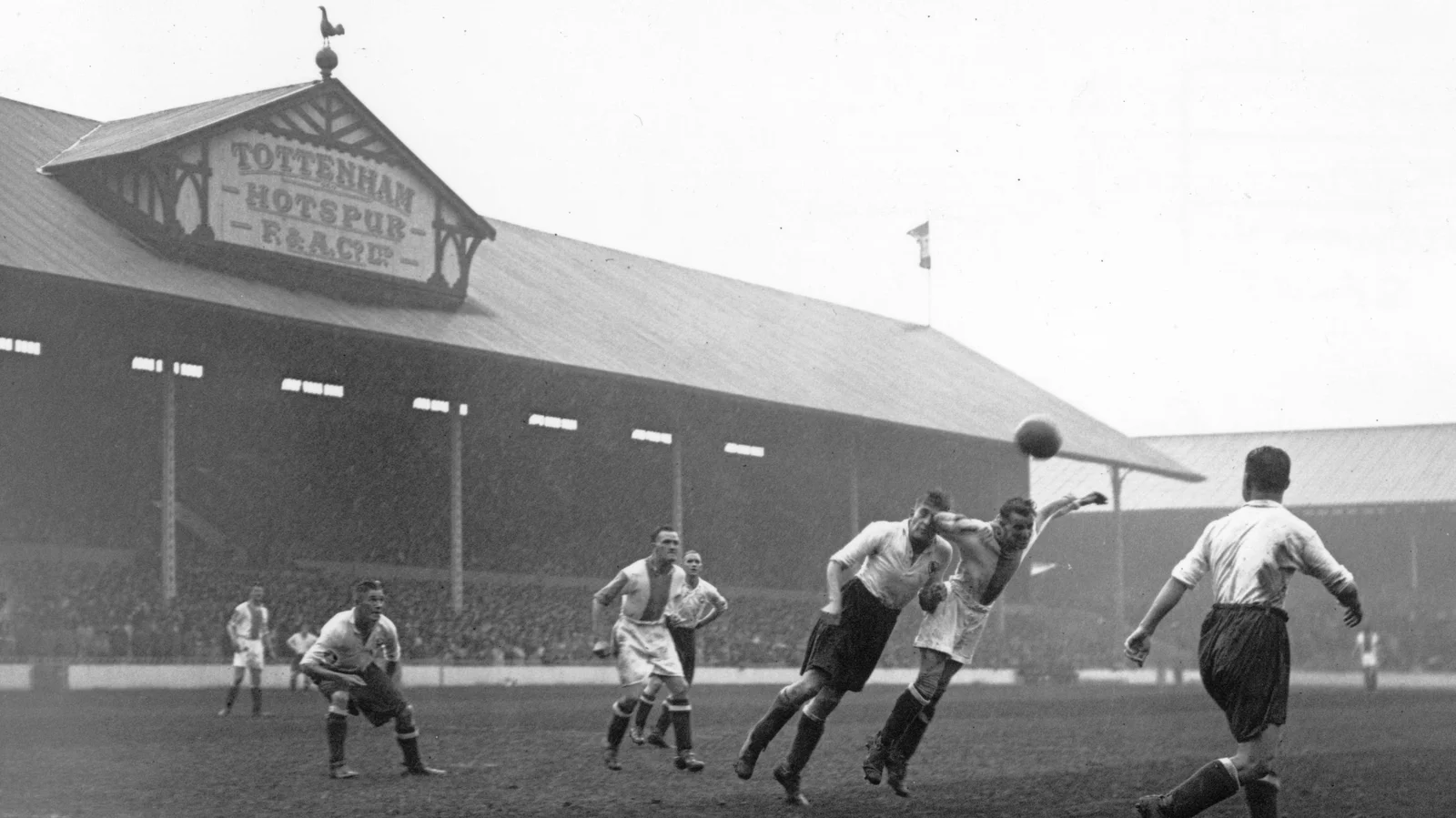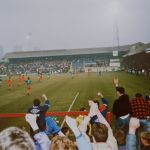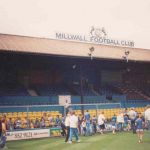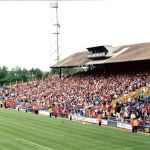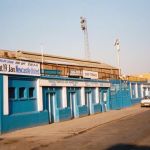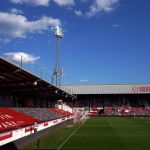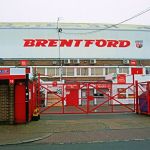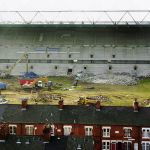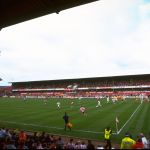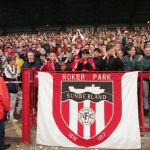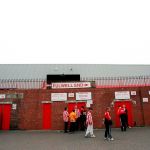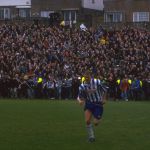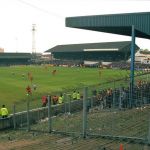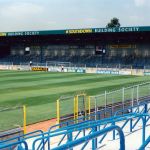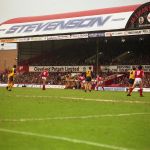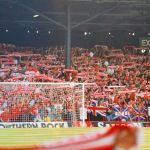
10 Premier League's stadium no more exist
From Highbury to White Hart Lane, mythical places that now remain only in fans' memories
July 14th, 2022
In the collective imagination of world football, the stadium is the sanctuary of the fans, the home of the team you support, a sacred place where you push and support your favorites. In the grandstands of the facilities, one puts aside everyday life for 90' to experience moments of joy and sorrow amid choruses and shouts at the top of one's lungs. And in the Premier League, but in England in general, stadiums are a true cult for fans and tourists alike, always ready to carve out some time to take a tour through the beauty of British facilities that encapsulate history and tradition. Romantic atmospheres, anthems sung in chorus to bring tears to the eyes, supporters just a stone's throw away from the pitch: stadiums, in the Premier League, are one of the key elements that place the English league first among the most beautiful and fascinating in the world.
Old Trafford, Stamford Bridge, Anfield Road, Goodison Park, are just a few of England's historic facilities that still retain their enduring charm. There are also stadiums of incomparable beauty, however, that no longer exist and still make fans of the respective teams get a knot in their throats when they are mentioned. Across the Channel, stadiums have gone through various phases, from post-World War II bombing restorations to renovations in the early 1990s following the Taylor Report, which after the Hillsborough massacre of '89 imposed new safety standards starting with standing room that had to be eliminated, the latter of which were then reintroduced just recently. From the late 1990s through the first two decades of the 2000s, there were then several painful demolitions dictated by modernizations and the arrival in England of big investors who wanted to put their own stamp on the various facilities. Thus some razed soccer sanctuaries have been razed to the ground, yet still remain in the memories and eyes of the generations of fans who populated their stands.
The Boleyn Ground, the iconic home of West Ham
One of the jewels of London football, the Boleyn Ground was the home of West Ham from 1904, when it was erected, until 2016 when the Hammers played their last game against Manchester United in a historic 3-2 win culminating with the last claret&blue goal signed by Reid at the facility. The stadium stood just a stone's throw from the castle where Anne Boleyn, Henry VIII's second wife so much so that there were two towers at the entrance that were reminiscent of medieval ones, in honor of the mother of the future Queen Elizabeth I.
Upton Park, another name by which the Boleyn Ground was known, stood in Newham, one of London's most complicated suburbs. The walk to the stadium was an almost religious ritual for West Ham fans, complete with a stop at the world-famous Boleyn Tavern, a pub with a very long tradition dating back to 1900 that became the gathering place for Hammers fans before and after the team's matches. After the stadium, however, this venue too had to close its doors in May 2018 given the absence of customers.
The London club now dwells in the more luxurious but less historic Olympic Stadium, which was built to host the 2012 London Olympics and has a whopping 60,000 seats compared to 36,000 at the "old" Upton Park. In place of the Boleyn Ground is now a housing center of more than 800 apartments in a neighborhood now radically transformed. Standing in remembrance of its former glory now remains only the Hammers Club and some murals dedicated to the historic facility such as "Long Live the Boleyn" ("Long Live the Boleyn").
The Gunners of Highbury
Highbury was the Arsenal's home in North London from 1913 until 2006, when the club moved to Emirates Stadium. A much larger and more modern arena, it can hold 60,000 spectators compared to just over 38,000 at the old facility, but it still does not have the same tradition as Highbury. It was designed by Archibald Leitch, one of the gurus of English stadium architecture, and stood in the Islington borough, overlooking Gillespie Road. On one of the bleachers was the iconic Clock End, the large clock that marked game time and later gave its name to that fan section. A white disc 2.64 meters in diameter, with a dial composed of Roman numerals and an Art Deco style that, because of its incredible history, was later dismantled and relocated to the current Emirates.
For the more nostalgic, the exterior structure has been partially preserved with the large cannon, the symbol that has always represented the Gunners, still standing outside the facility now transformed into a luxury residential complex where a simple two-bedroom apartment can cost as much as 900 thousand euros. Now Arsenal has a new, luxurious, high-tech home but many - including Arsene Wenger - are convinced that at Highbury the Gunners have left part of their soul behind.
Maine Road and the pre-sheikh Manchester City
The iconic Maine Road has been the home of Manchester City for 1753 games and nearly eighty years, since it was built in the working-class, multi-ethnic Moss Side neighborhood in 1923. The facility was the home of the Citizens after they decided to move out of the old Hyde Road and before they moved into the ultra-modern Etihad Stadium. It was a huge facility, capable of seating about 80,000 spectators and thus earned it the nickname Wembley of the North. Maine Road was also United's home for a time, from 1946 to 1949, when German bombings in World War II had heavily damaged Old Trafford.
A curse then hovered over the old Manchester City facility. It is said that in order to put up the facility, in fact, a nomadic camp present in the area was cleared, an action that allegedly brought ill omen upon the builders. But given its size Maine Road not only hosted soccer matches but was also the stage for concerts that made history. From the Rolling Stones to Queen, via Guns N' Roses, Pink Floyd and David Bowie to, of course, the Gallagher brothers' Oasis, who filled the stadium in 1996 the day after the Manchester City were relegated. The stadium closed its doors in 2000, only to be demolished three years later. The Citizens then moved to the City of Manchester Stadium, which later became Etihad Stadium when Sheikh Mansur bought the blue sky half of Manchester.
White Hart Lane, Tottenham's first stadium
Opened in 1899, White Hart Lane was built on top of an abandoned nursery on land known for lush turf growth. At the end of its honored service it could seat 36,284, but on March 5 in 1938, at the FA Challenge Cup match between Tottenham and Sunderland, the facility was stormed by fans and came to hold more than double its capacity: that is, 75,038 spectators.
White Hart Lane was also the stage for an important political diatribe. Indeed, in 1935 it hosted the match between England and Nazi Germany: an event that led to a protest from Jewish groups, which have always been present in large numbers in the Tottenham neighborhood. Instead, on May 14, 2017, it hosted Spurs' last match, a 2-1 victory over Manchester United, and demolition work began soon after. The new Tottenham Hotspur Stadium was built in the immediate vicinity of the old White Hart Lane, of which, however, nothing but memory remains.
The (Old) Den, Millwall's stadium of "fear"
Among the legendary English stadiums that are no more, the "old" The Den, which hosted Millwall's matches from 1909 to 1993, when it was demolished to make way for the "new" Den, built a few hundred meters away from the previous one, cannot but be remembered. The Dockers' facility stood near the Surrey Commercial Docks, a port area of the city that was targeted by German bombs during World War II that destroyed much of the bleachers.
The (Old) Den was one of England's most atmospheric stadiums because of the heavy weather given by the incredible cheering of Millwall supporters and the nightmarish, small, windowless dressing room for the visiting team. Surrounding it all was a tunnel to the pitch made hellish by the screams of the Lions' fans.
Griffin Park, the four-pub stadium
From 1904 to 2020,Griffin Park hosted Brentford's home matches in a fully British atmosphere. In fact, the facility had a unique detail-it was the only stadium to house four pubs inside, one in each corner of the structure. The name, on the other hand, comes from the griffin featured in the brand name of Fuller's Brewery, a company located in the very neighborhood where the ground stood, and from the first pub to open within it. The four pubs were the historic The Griffin, located on the corner of Braemar Road and Brook Road, The Princess Royal, located on the corner of Braemar Road and Ealing Road, The New Inn, located on the corner of New Road and Ealing Road, and finally The Brook, located between New Road and Brook Road.
Brentford in recent years has since moved to the new, more modern Brentford Community Stadium and Griffin Park, as happened to its peers, has been converted residential housing.
Filbert Street, Leicester's decommissioned facility
Before becoming English champions under Sir Claudio Ranieri at the team's helm and taking the Premier League cup to the King Power Stadium, Leicester City played its home games from 1891 to 2001 at Filbert Street, named after the street from which it was entered.
At the turn of the millennium, given the Foxes' successes, the club decided to acquire a larger stadium than the 21,500 seats available in the historic facility. Demolition work on Filbert Street began in 2003, and part of the ground was earmarked for the construction of university dormitories for De Montfort University and the University of Leicester. The rest of the space, however, remained unused. King Power Stadium, on the other hand, was opened by Gary Lineker in July 2002 and can accommodate more than 30,000 fans.
Sunderland's Roker Park
Before moving to the Stadium of Light, Sunderland played its home games from 1898 to 1997 at Roker Park. The facility was strongly desired by the club's then owners in order to exceed the capacity of the facility of the club's all-time rivals Newcastle, topping out at 22,500 seats. One of the stadium's special features was provided by a special grass for the playing field imported from Ireland that lasted a beauty of 38 years. In 1952, Roker Park became the second facility in England, after Arsenal Stadium, to be equipped with floodlights.
At the end of the last game played in the stadium, a 3-0 victory over Everton in '97, Charlie Hurley, voted Sunderlad's best football player of the century, dug out the penalty spot and then placed it in the new Stadium of Light. In 1998 came the demolition and a housing development was built in its place.
Goldstone Ground, the stage for Beckham's debut
Goldstone Ground, Brighton's stadium from 1902 to 1997, is a piece of Seagulls fans' hearts. Brighton's stadium was also the stage for David Beckham's professional debut on September 23, 1992 in the League Cup. In its final year, the stadium was sold to a construction company with the intention of clearing the club's large debts, but without providing an alternative for the team's home games. Brighton supporters did not take it well and during the match against Lincoln City, they protested the sale of the Goldstone Ground by invading the field, an action that cost them a forfeit and a game behind closed doors.
The last match was played on April 26, 1997, a 1-0 win against Doncaster, and on that occasion, too, fans invaded the pitch at the end of the game but this time to take home as souvenirs a piece of the facility including turf, signs, and billboards. After its closure, Goldstone Ground became a shopping mall.
Ayresome Park and Middlesborough
Before moving to Ayresome Park, Middlesborough played its first matches on a cricket pitch. But the club's arrival in the Football League entailed by necessity the establishment of a proper stadium. Thus, in 1903, Ayresome Park became the home of Boro and remained so for 92 years. Peculiar was the event that occurred in 1986, when team and staff arrived at the facility but found the gates closed and sealed. The reason? The nearly 2 million sterling in debt that had left the club on the brink of bankruptcy.
As the years passed, the facility began to show signs of wear and tear, but the real blow was the new regulations introduced by the Taylor Report. In fact, the houses surrounding Ayresome Park did not allow the facility to be expanded, so the decision was made to build a new facility, the 30,000-seat Riverside Stadium, on the banks of the River Tees. In the 1995-1996 season, Middlesborough moved permanently into the new home and Ayresome Park was used as the team's training ground until it was demolished in 1997 to make way for a housing development.








































.png)


.jpg)


.png)































